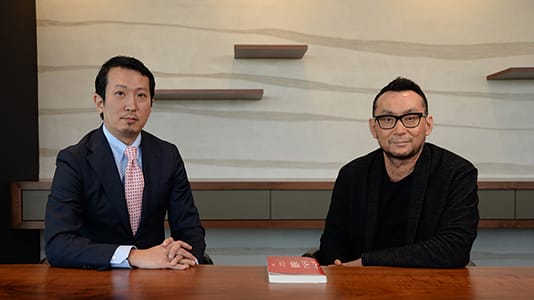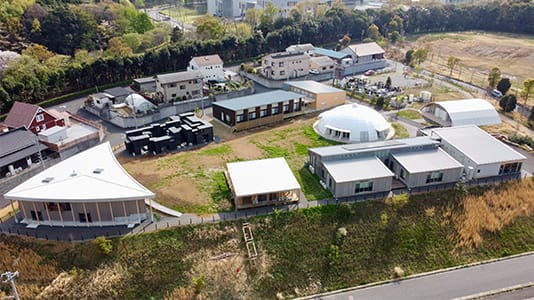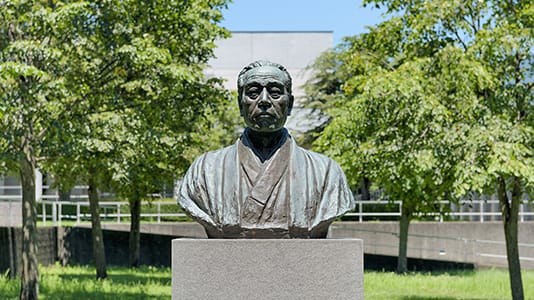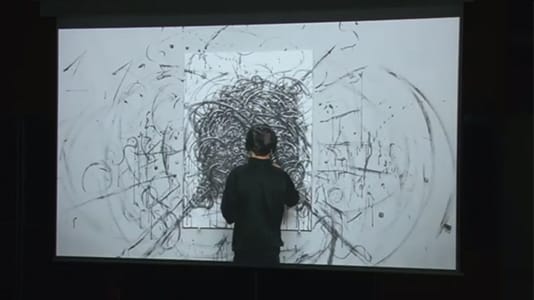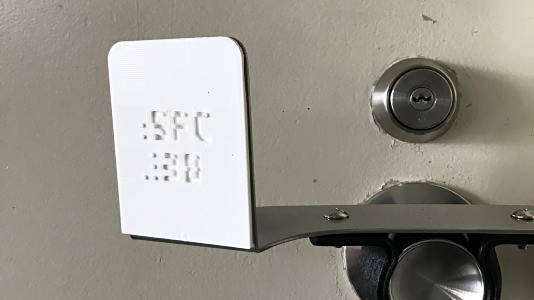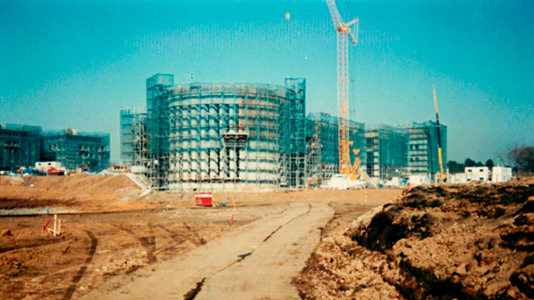Fab Campus
In the summer of 2020, amidst the COVID-19 pandemic, a project was launched to create a 3D-printed door opener to help prevent infection via doorknobs on campus. The fixture “COVID-19 Prevention 3D-printed Door Opener” allows doors to be opened with the arm instead of the palm of the hand.
Doorknobs come in many different product types, and in most cases, have different dimensions and shapes. In addition, university campuses and corporate offices have a large number of doors, and it was thus necessary to consider how to deal with both variety and quantity. We first analyzed the doorknobs on campus, and after a series of initial studies using 3D data, the door openers were manufactured at Slab Inc. (located in Kyoto, President: Seiichi Yuyama) using its high-speed “3D plant,” which made it possible to manufacture about 500 pieces in one day. In October 2020, about a month after the start of the project, we were able to complete installation in a total of 158 classrooms and 79 doors at SFC.
The door openers were designed to accommodate colorful 3D printed Braille plates, an additional innovative feature that promotes a barrier-free environment. The applied typeface "Braille Neue," invented by designer and SFC graduate Kosuke Takahashi, combines existing characters and Braille, and it was arranged and utilized for 3D printing by Professor Hiroya Tanaka of the Faculty of Environment and Information Studies.
The Braille plate can hereafter be adapted in many ways, and there are plans to use it as standard teaching material for printing on a 3D printer. At the same time, as is typical of the Fab Campus, students’ ideas will be incorporated to further its improvement and development.
The Fab Campus plays a key role in creating with our own hands the new tools needed for campus in the times of COVID-19.
In the 1990s, SFC constructed a state-of-the-art Internet environment on campus and established a learning style where students each bring their PCs to classes. Further, since around 2010, SFC has been developing an environment for making digital creations (FAB). Inventory was taken of equipment held separately by each laboratory, and common equipment were sorted into categories. The resulting Fab Campus launched in 2016 allows all SFC students to utilize the digital fabrication equipment.
More than ten 3D printers and digital embroidery and sewing machines installed in the Media Center serve as an introduction to FAB, while the Robot Studio, woodworking atelier (DFF-W), and metalworking atelier (DFF-M) each have specialized equipment. These facilities are used for classes and research, as well as club activities and the production of furniture and lighting for actual use on campus. A number of hardware startups and design technology ventures have emerged from this environment.
As it celebrates its 30th anniversary, SFC has evolved into a campus where drone, automated driving, and robotics experiments are everyday occurrences, something that would not be possible at a university located in the heart of the city. We foresee the further expansion of the field of applied technology to the municipalities around SFC.
Place yourself in an environment where it is possible to create anything, and once you have experienced the endeavor to create anything, your world will change.
(Professor Hiroya Tanaka, Faculty of Environment and Information Studies)




